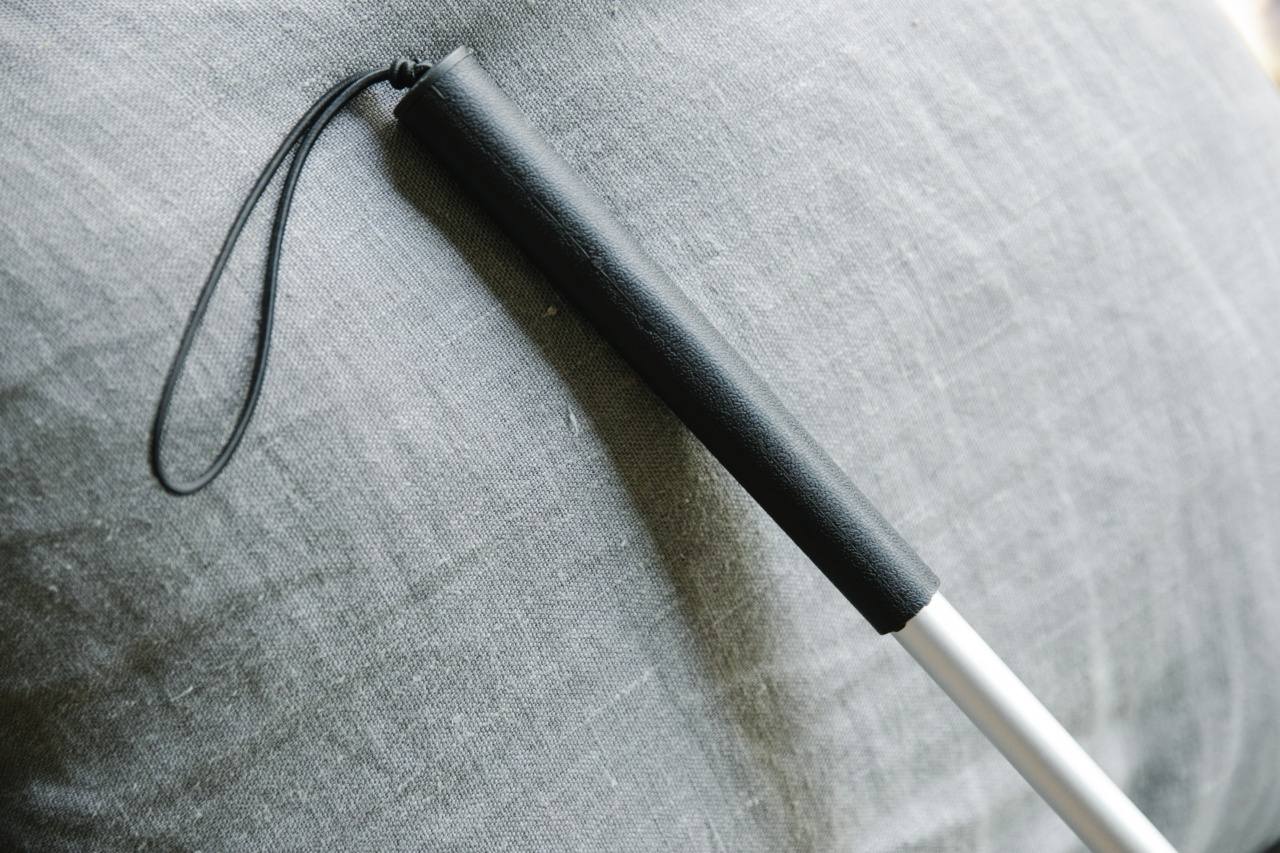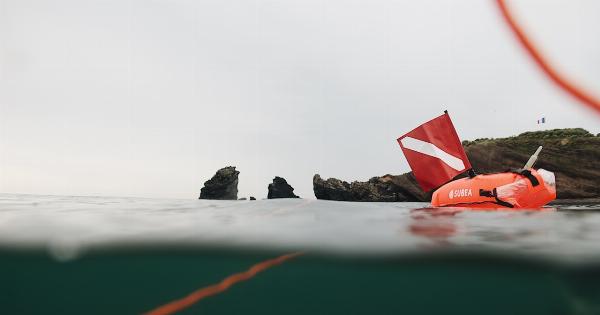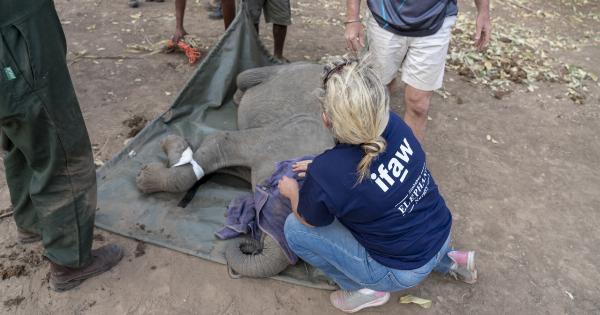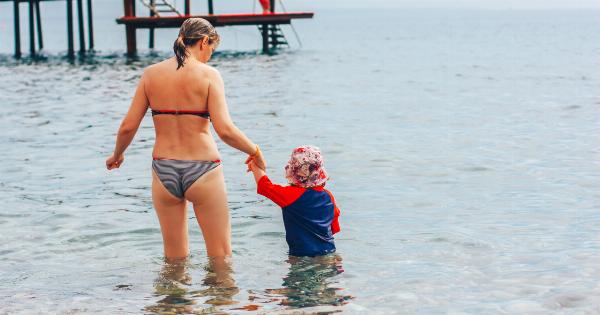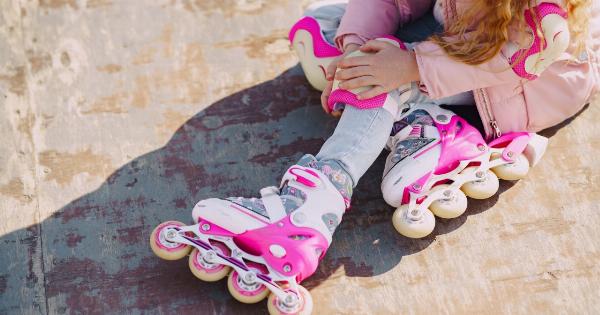As a parent, ensuring the safety of your infant is of utmost importance. One of the most serious hazards that can pose a threat to your child is drowning.
Drowning is a leading cause of accidental deaths in infants and young children, so it is crucial to take proactive steps to prevent such incidents. This guide will provide you with essential information on how to keep your infant safe from drowning.
Why are Infants at Risk of Drowning?
Infants are particularly vulnerable to drowning due to several reasons:.
1. Limited mobility: Infants lack the ability to move independently, making it harder for them to escape from water hazards.
2. Inadequate coordination: Their limited coordination skills can hinder their ability to stay afloat or reach for support.
3. Lack of experience: Infants have no prior knowledge of water dangers, making it challenging to identify and respond to risky situations.
4. Weak neck muscles: Young babies have underdeveloped neck muscles, which makes it difficult for them to keep their heads above water.
Supervision is Key
The most crucial step in preventing drowning in infants is constant supervision. Whenever your baby is near water, ensure that an adult is present and actively watching. Never leave your infant unattended, even for a brief moment.
Secure Your Pool
If you have a swimming pool at home, it’s essential to take measures to secure it:.
1. Install a fence: Enclose your pool area with a four-sided fence that is at least four feet high. The fence should have a self-latching and self-closing gate, preferably out of your child’s reach.
2. Use pool covers or nets: When your pool is not in use, cover it with a sturdy safety cover or net to prevent accidental falls.
3. Remove toys and potential hazards: Keep the pool area clear of toys or objects that might attract your baby’s attention, as they might inadvertently fall in.
Bathe Safely
While bath time can be a delightful experience, it can also pose a drowning risk. Follow these precautions:.
1. Never leave your baby alone in the bath: Even if your infant can sit unassisted, always stay within arm’s reach during bath time.
2. Gather all necessary supplies beforehand: Having everything you need within reach prevents the need to leave your baby unattended to fetch something.
3. Use a bath seat or supportive device: For added safety, consider using a bath seat or other supportive devices to help keep your baby secure.
Be Cautious Around Pools, Bathtubs, and Natural Water Bodies
In addition to your home environment, you should be mindful of other scenarios where drowning incidents can occur:.
1. Public pools: When visiting public pools, ensure that there are lifeguards present, and follow all safety guidelines provided.
2. Bathtubs outside your home: If you are visiting friends or relatives, check if there are hazards such as unfenced pools or unsecured bathtubs in their homes.
3. Natural water bodies: Extra caution should be exercised near rivers, lakes, beaches, and other natural water bodies. Even shallow water can be dangerous for infants.
Learn CPR and First Aid
Accidents can happen despite taking all precautions. Learning CPR and basic first aid skills can make a significant difference in saving your infant’s life in case of an emergency.
Proper knowledge and immediate action can prevent permanent damage or even death.
Teach Older Siblings Water Safety
If you have older children, it is vital to educate them about water safety as well. Teach them the importance of not leaving toys near water, not pushing their younger siblings into the pool, and informing an adult if they notice any potential dangers.
Instilling a sense of responsibility can further enhance your infant’s safety.
Enroll in Infant Swim Lessons
Consider enrolling your infant in swim lessons specifically designed for their age group. While these lessons do not make young children drown-proof, they can familiarize them with water and teach basic water survival skills.
However, always remember that even after taking swimming lessons, close supervision is essential.
Beware of Water Containers
Water containers, such as buckets, tubs, or even diaper pails, can be hazardous for infants:.
1. Empty containers after use: Always empty containers immediately after use and store them upside down to avoid the risk of accidental drowning.
2. Keep containers out of reach: Ensure that water-filled containers are kept out of your baby’s reach to prevent any accidents.
3. Secure lids and covers: Use tightly fitting lids and covers on containers to make them inaccessible to your infant.
Recognize the Signs of Drowning
Understanding the signs of drowning can help you recognize and respond to an emergency:.
1. Silent mouth: Infants usually cannot cry for help or call out when in distress.
2. No visible movement: A drowning infant may be unable to move their arms or legs and could appear still in the water.
3. Head low in the water: They may be unable to keep their head up, causing it to be positioned low in the water.
4. Eyes glassy or closed: The eyes may appear unfocused, glassy, or closed.
It is essential to be vigilant and act swiftly if you suspect your infant is in danger. Even if you are uncertain, always err on the side of caution and ensure their safety.
Conclusion
Preventing drowning in infants requires constant attention and proactive measures. By following the guidelines outlined in this parent’s guide, you can significantly reduce the risk of accidents and ensure your infant’s safety around water.
Remember, supervision is paramount, and taking the necessary precautions will help create a safe environment for your child to explore and enjoy water-related activities.
